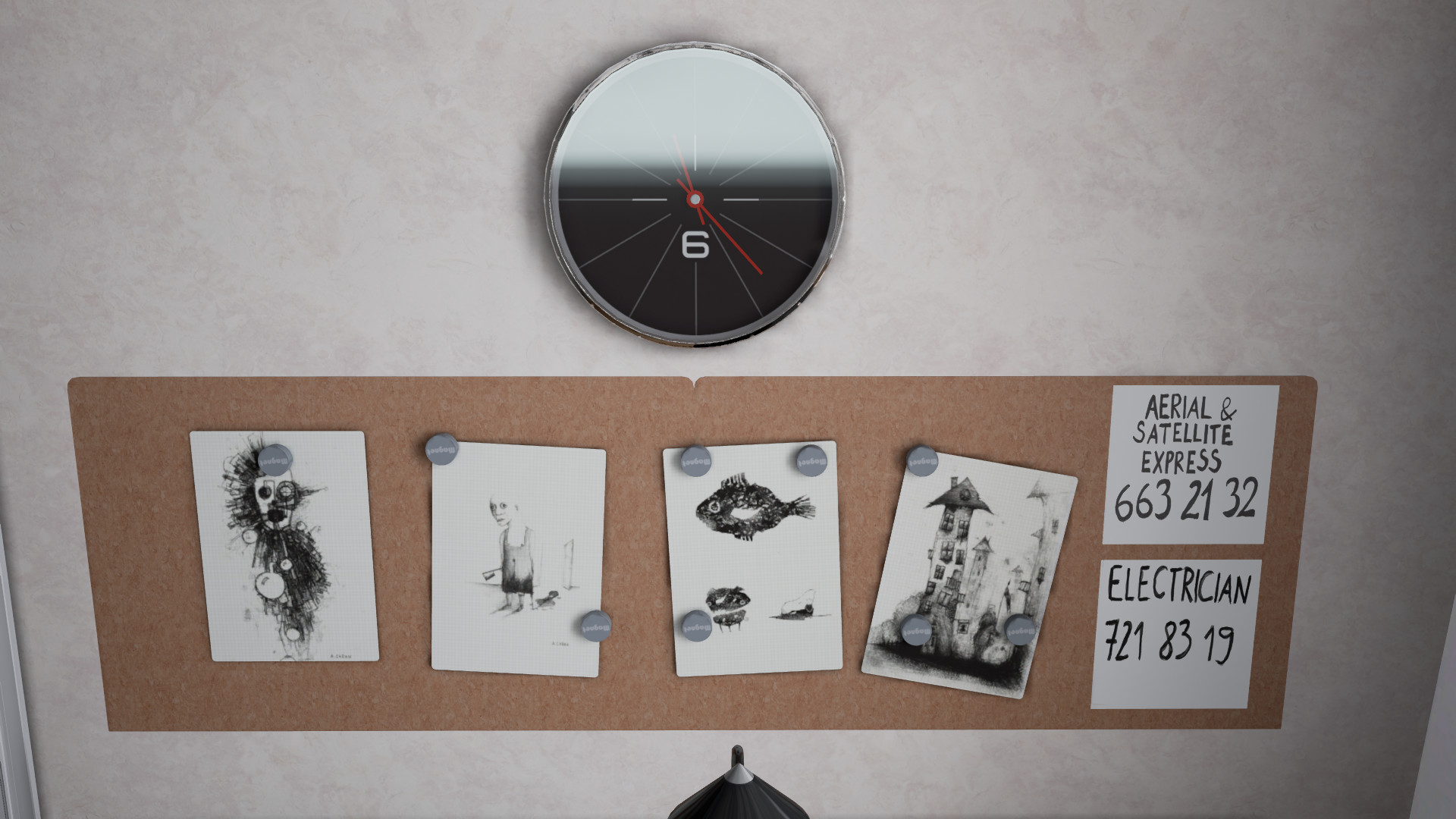

Seven on Seven was modeled after tech-industry hackathons, in which people stay up all night to create a working prototype that they then show to an audience. I wasn’t sure which one I was supposed to be McCoy and his wife, Jennifer, were already renowned for their collaborative digital art, and he was better at coding than I was.Īt the time, I was working as a consultant to auction houses and media companies-a role that had me obsessively thinking about the provenance, ownership, distribution, and control of artworks. Back in May 2014, I was paired up with the artist Kevin McCoy at Seven on Seven, an annual event in New York City designed to spark new ideas by connecting technologists and artists. The only thing we’d wanted to do was ensure that artists could make some money and have control over their work.

Why is it unreasonable for supports to have to outplay the enemy flanker when the entire purpose and only capability of the flanker is to deal damage/kill the support? Supports are capable of healing & enabling their team, they should not also have any sort of advantage against flankers who can not do those things, flankers should definitely have the advantage.About the author: Anil Dash is the CEO of Glitch.

Others have said this isn’t true, and that suggesting supports should have to outplay the flanker is unreasonable.

The assertion is that supports have a fair chance against flankers if they are of equal skill. but very evidently standard of what’s reasonably viable against how hypermobile and bursty such threats are simply demands something more lenient than “thread this zipping needle right now or die” as shown by why brig’s concept was necessary, and how even high ranks rely on a lenient aim cc ability to deal with them. No-one said the solution shouldn’t need skill.


 0 kommentar(er)
0 kommentar(er)
